Op-Ed: Though Hazardous, Fireworks Essential to Chinese Culture
Chinese new year fireworks. Celebration of lunar new year in Asia. Sparkles and glowing Happy new year sign on night sky. Luck and prosperity greeting card.
When Chinese regional governments announced in January 2023 that they would lift the ban on fireworks during the Lunar New Year, people across the country celebrated the return of the “taste of New Year.”
Fireworks originated more than 1,300 years ago in China’s Tang Dynasty and are said to have been invented by a man named Li Tian. He used gunpowder, paper cones, and other materials to create the first fireworks in history to produce loud sounds to ward off ghosts and evil spirits.
By the Song Dynasty, 1060 years ago, fireworks had become widespread entertainment. People generally set off fireworks during the Spring Festival to celebrate the new year.
However, since 2015, the Chinese central government has announced a ban on fireworks in 282 cities across China. This move has directly deprived people of entertainment of celebrating the New Year and has slowly faded a long-established culture of fireworks out of sight.
But this policy was not introduced casually; behind the dazzling appearance of fireworks lies a variety of hazards.
As an activity that most people across China participate in, many households prepare a lot of fireworks during the Chinese New Year. However, as a flammable and explosive product made of gunpowder, fireworks set off in urban areas can easily cause fires in densely populated areas. Likewise, fireworks set off in rural areas are highly likely to ignite dried-out trees and grass in drought conditions, causing hazardous hill fires.
During the 2014 Chinese New Year, 55 fires were caused by fireworks, resulting in 183 injuries and direct property damage of 19.683 million yuan.
In contrast, in 2021, after the ban was implemented, the number of accidents caused by fireworks was only 4, with 55 people injured.
It can be seen that the ban on fireworks has indeed protected the safety of the people to a certain extent.
As a chemical product, fireworks can also cause air pollution. This is because a large number of harmful gases are released when fireworks are set off, such as sulfur dioxide and nitrogen dioxide.
The sulfur dioxide enters the atmosphere and oxidizes to SO4, forming acid rain in the clouds, which can strongly corrode buildings and industrial equipment, leading to the death of trees and the extinction of fish and shrimp in lakes.
No coincidence: fireworks can bring great noise pollution. Through the test data, the maximum noise generated by fireworks is up to 150 decibels, close to twice the human tolerance, comparable to the noise of large industrial enterprises.
But do the costs outweigh the benefits? I say no.
The U.S. imported $370 million in fireworks in 2020, of which Chinese fireworks accounted for $357 million. According to the American Fireworks Association, 75 percent of fireworks used in big shows across the United States are produced in China, and 98 percent of fireworks for personal display also come from China.
Besides, on the night of Nov. 20, 2022, the beautiful, brilliant fireworks at the World Cup opening ceremony in Qatar came from a fireworks manufacturer in Jiangxi, China.
According to China’s National Bureau of Statistics, the country exported 322,901 tons of fireworks and firecrackers in 2021, for a total of $805 million.
It is easy to see that the production of fireworks is a constant shot in the arm of China’s economy, especially with the continued damage to the economy from anti-epidemic policies.
And in terms of culture, fireworks serve as an iconic symbol of the Chinese New Year, and cutting them off would be a spiteful rejection of Chinese culture.
With this in mind, the Chinese government has finally opted to liberalize the ban, allowing people to once again spend the New Year in the company of fireworks.















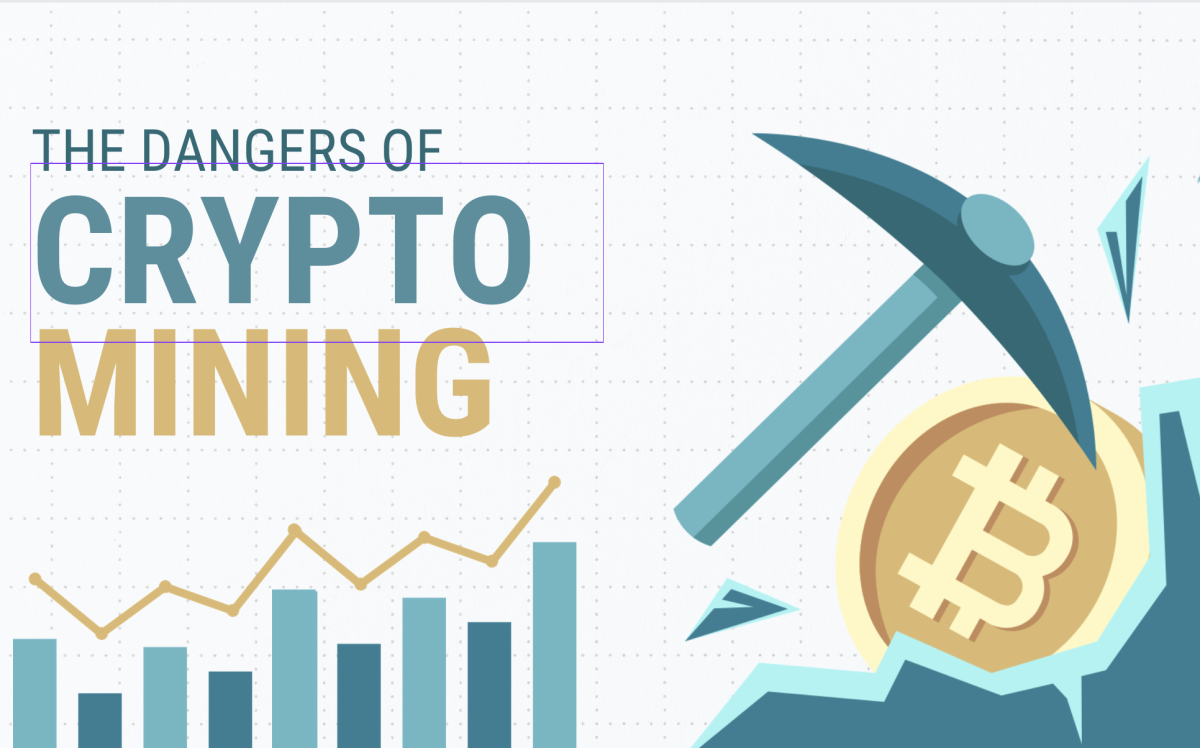




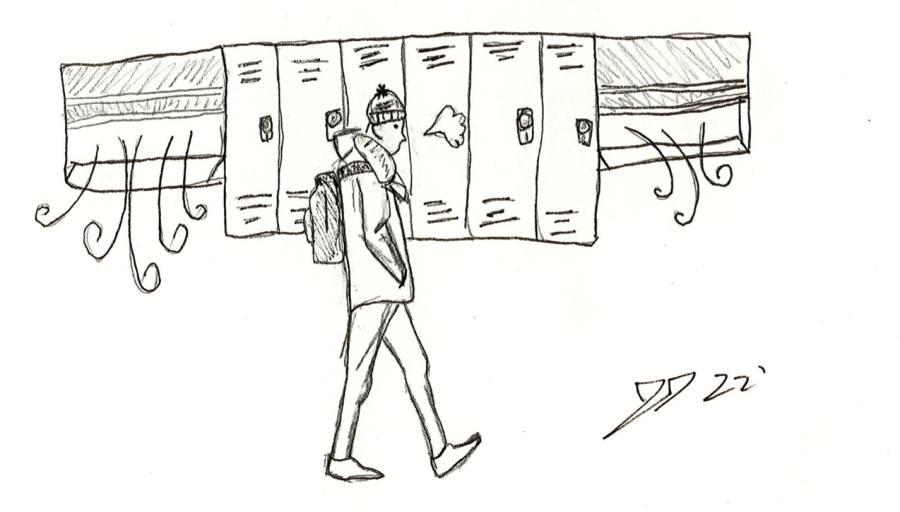

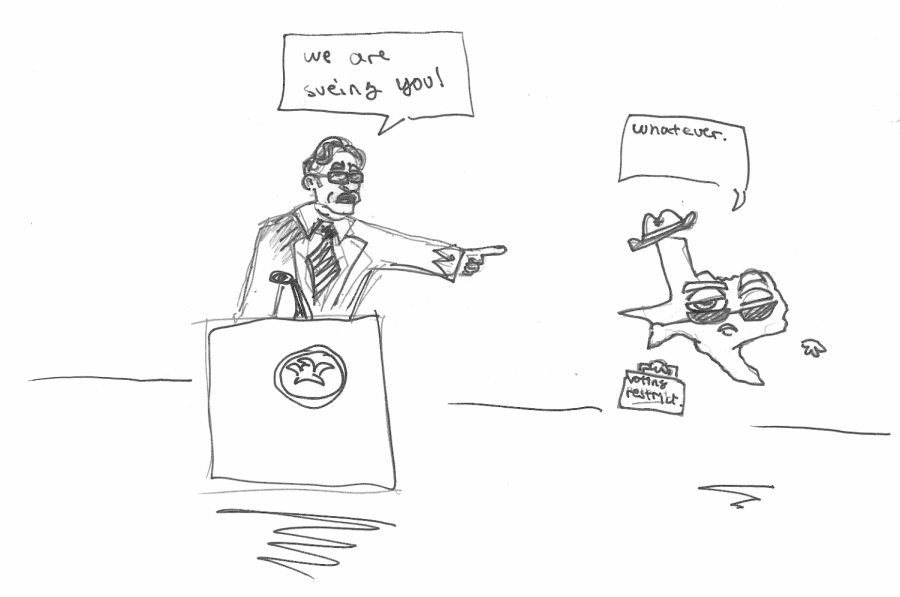


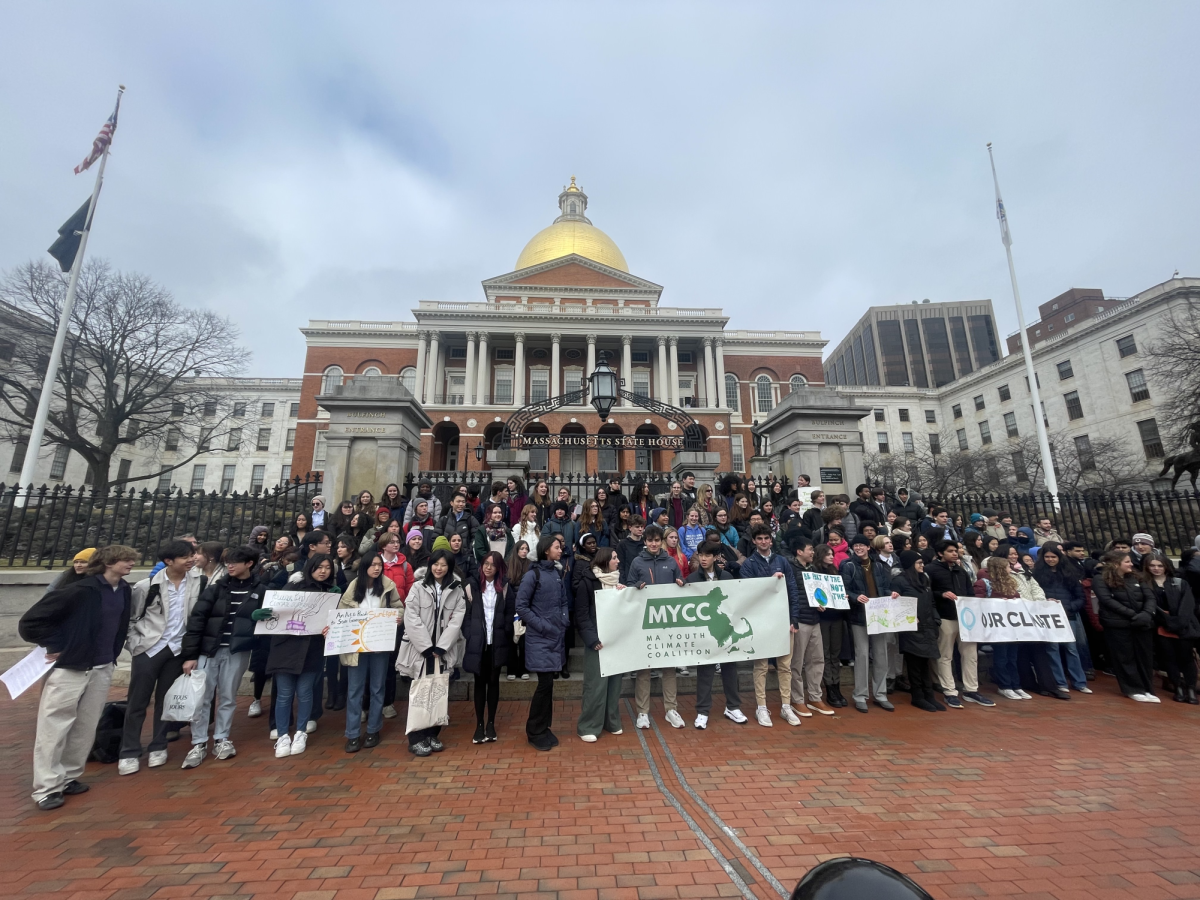

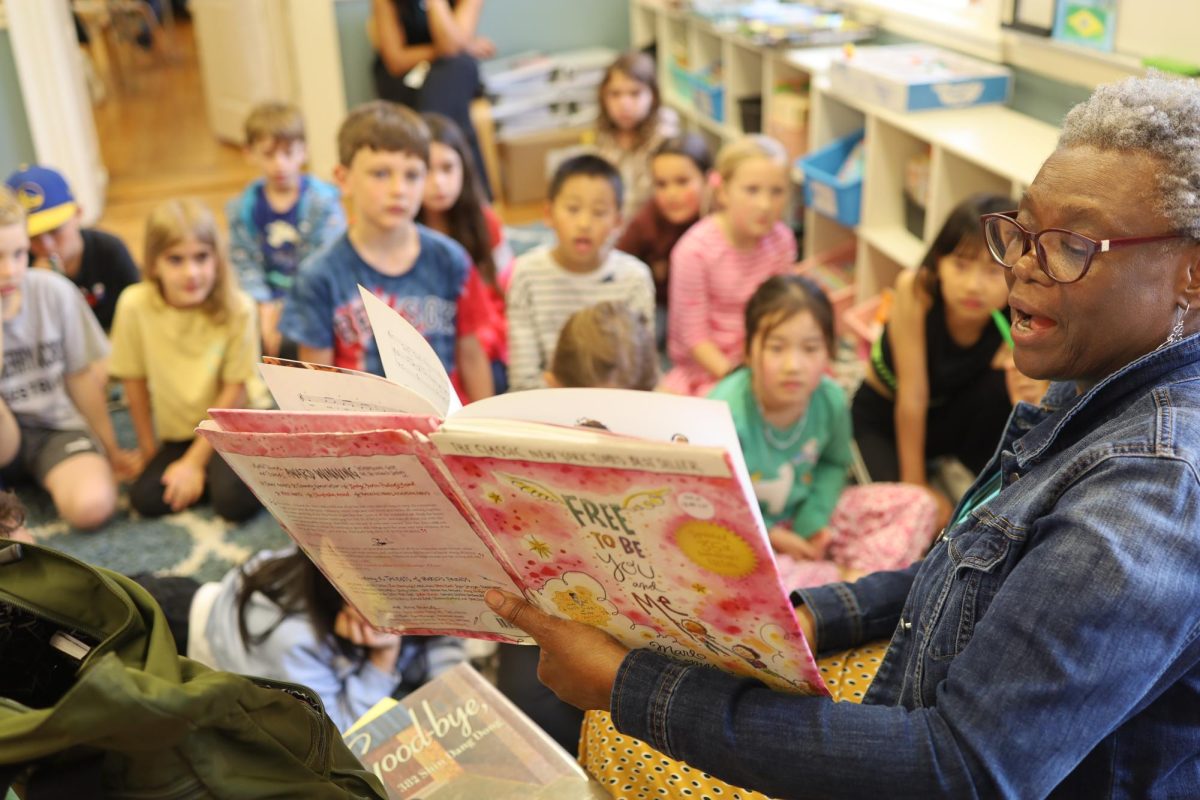

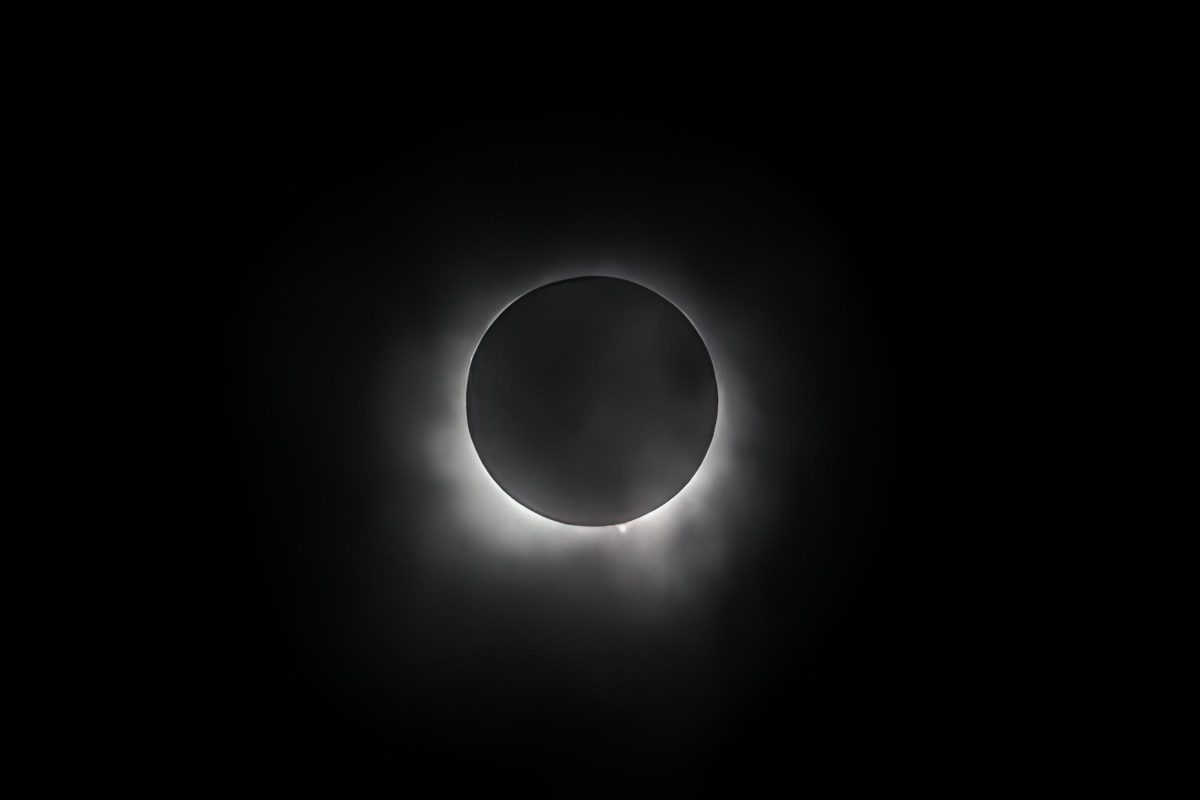






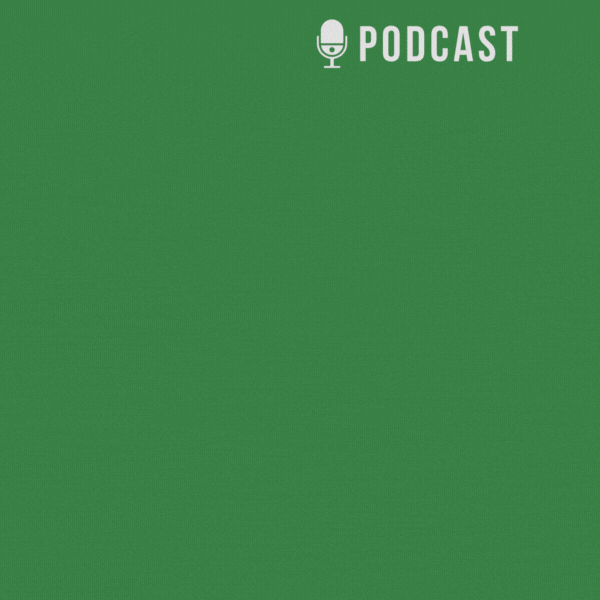














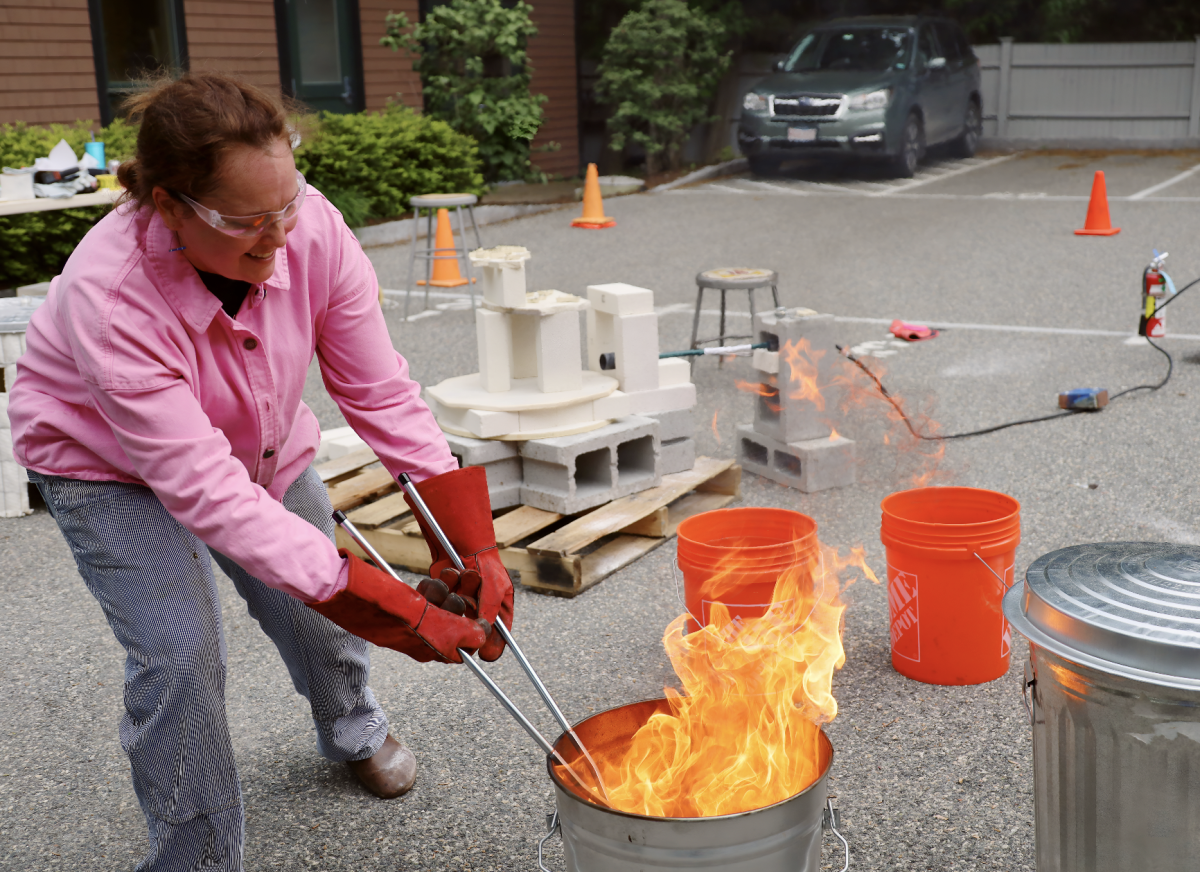



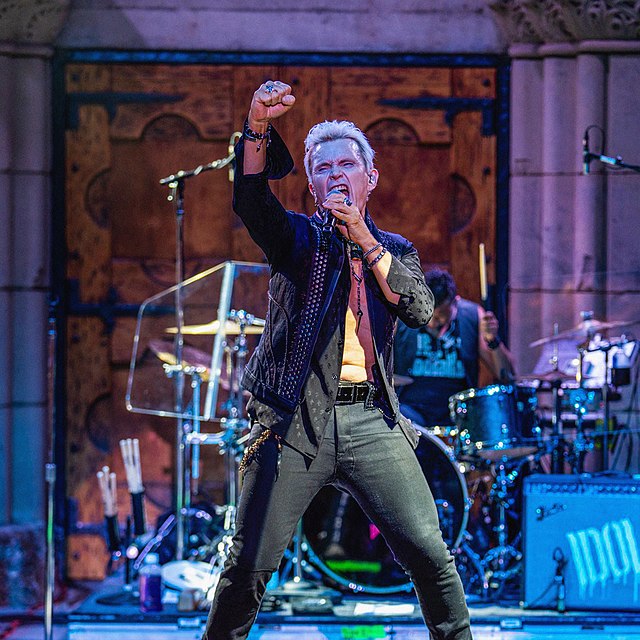

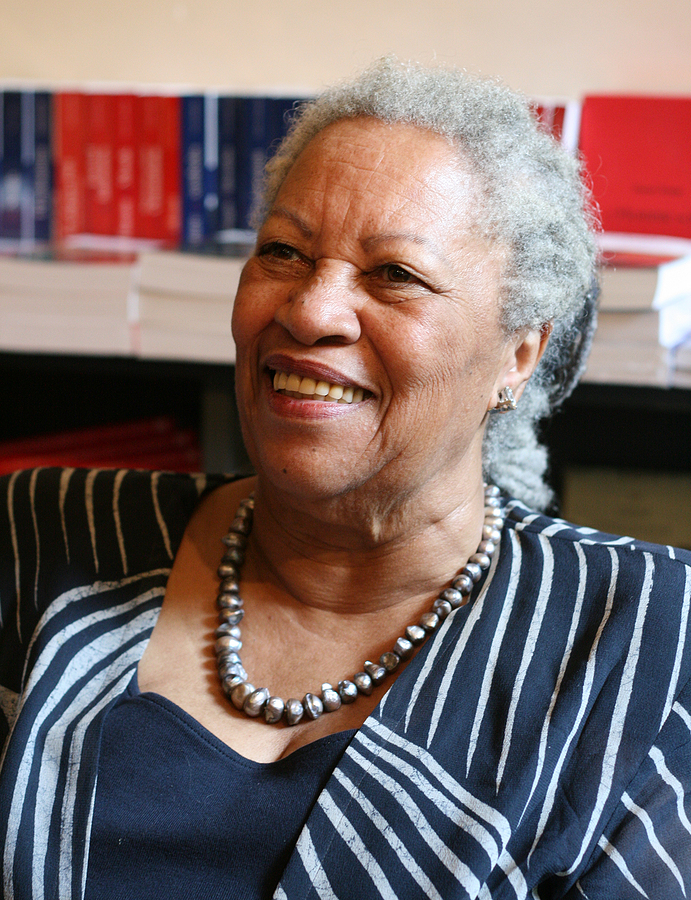




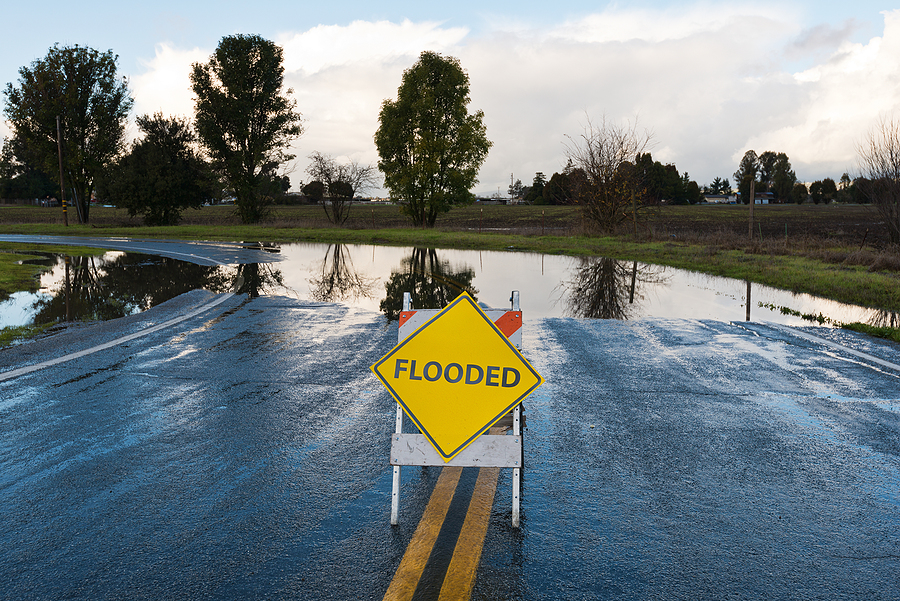


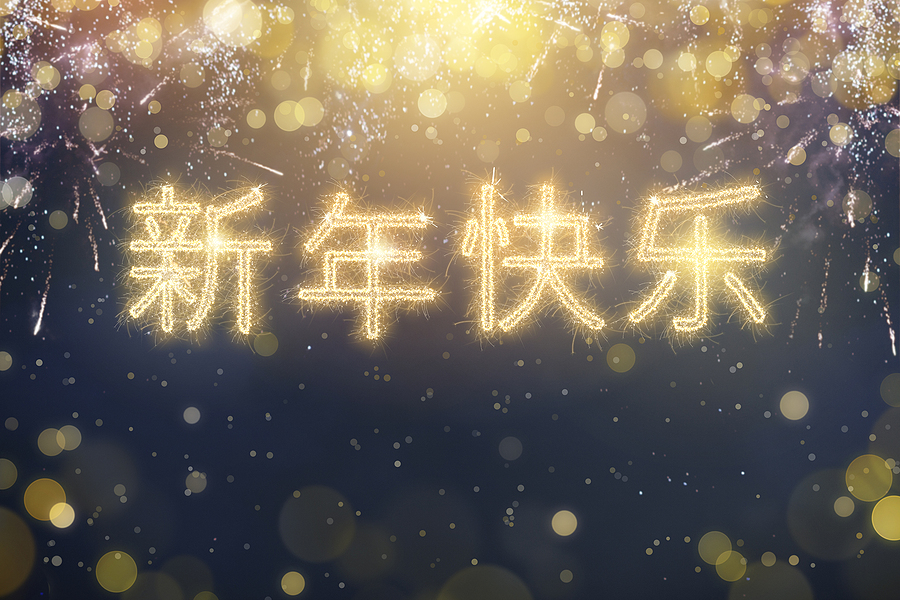






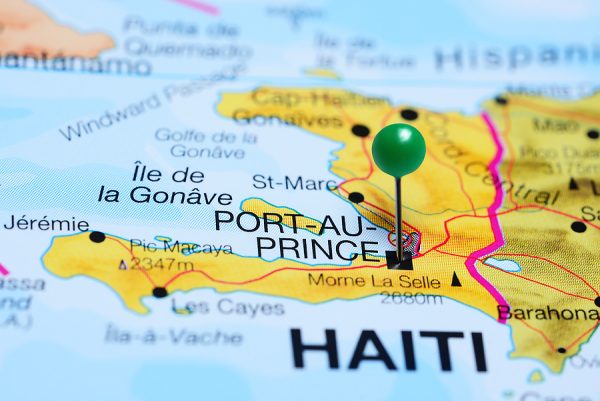




Jack Malloy • Jan 26, 2023 at 7:22 am
This is a great article and I didn’t know the fact that fireworks are banned in some Chinese cities.
Mengyu • Jan 25, 2023 at 2:31 pm
Wow! Nice article!